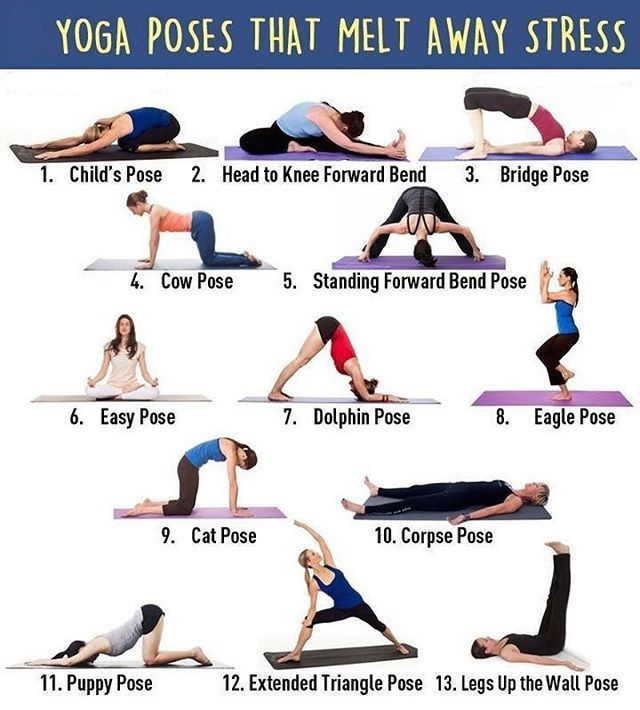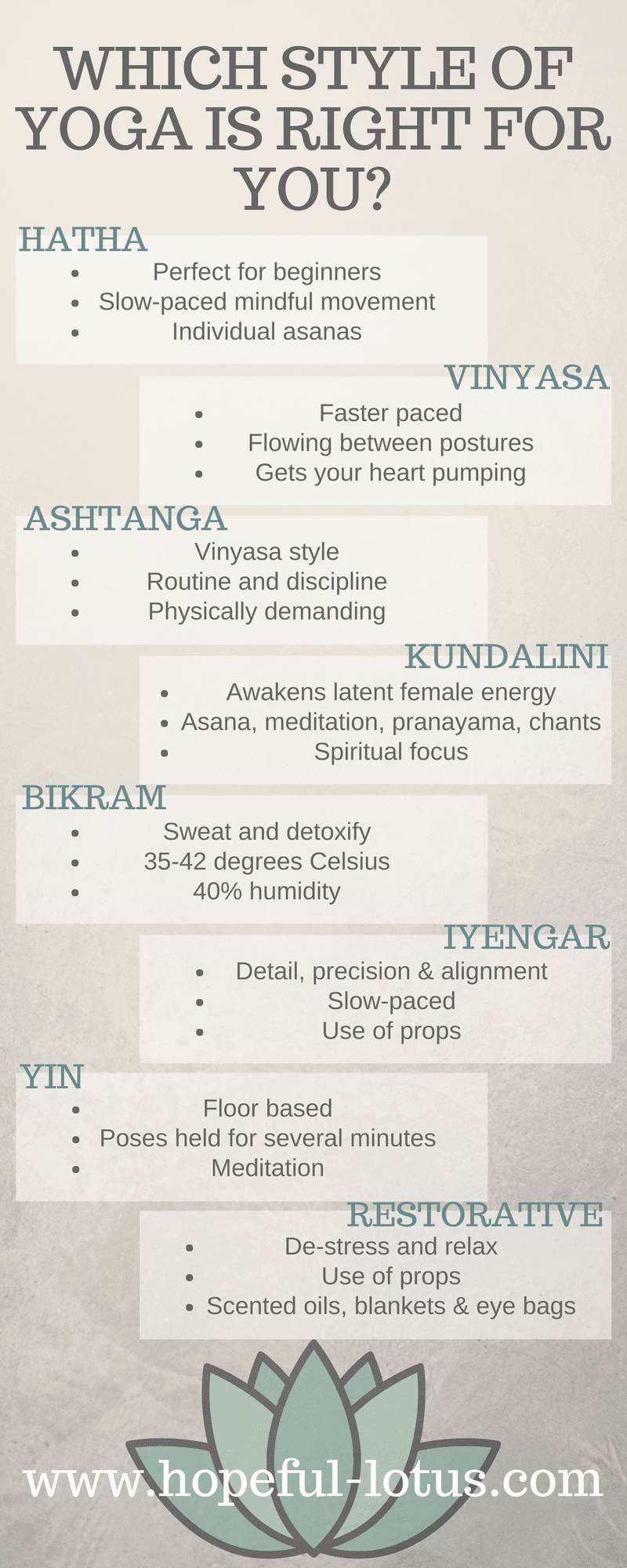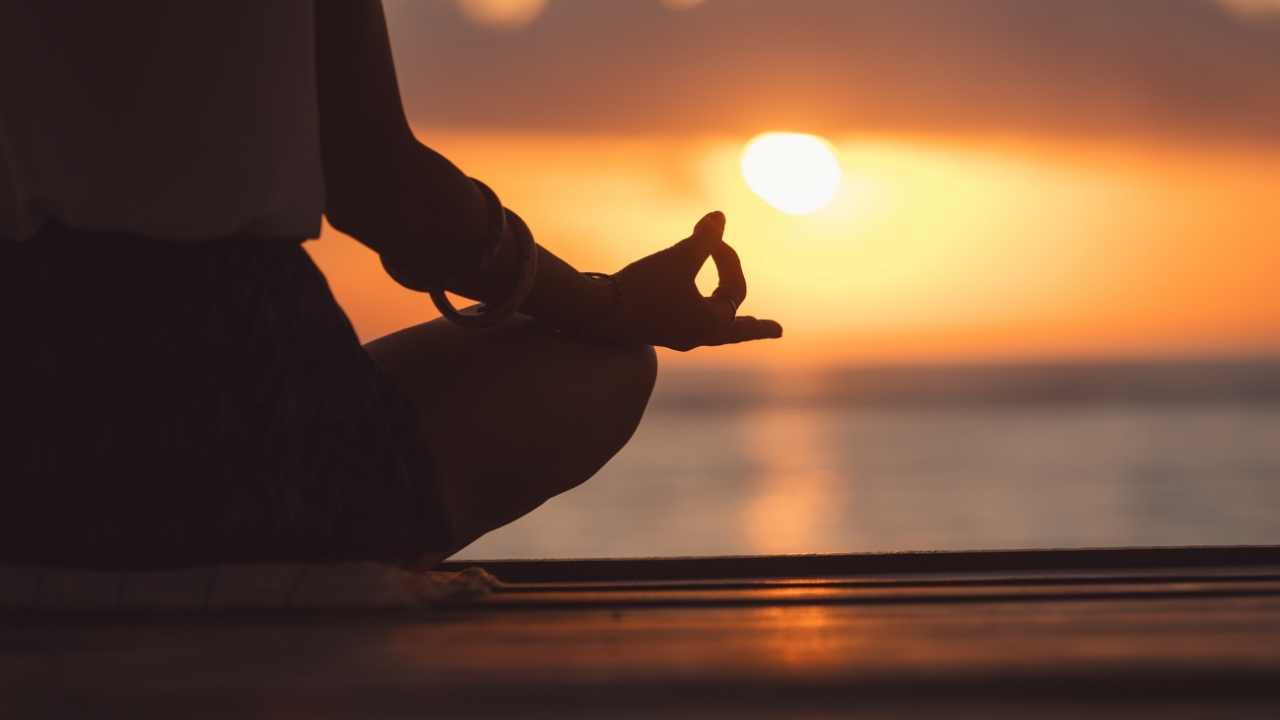
An individualized yoga practice can improve function, and reduce pain in arthritic legs. These benefits result from improved physical function and biomechanics. No matter what age or physical condition you are, the poses can be beneficial to anyone. They can also increase joint flexibility. Here are some effective yoga poses to help arthritic knees. Here are the most common types and causes of arthritic-related knees.
One of the many benefits of yoga is its ability to help with pain management by increasing awareness of your breath. It can help to improve flexibility and strength. As someone with osteoarthritis, they must also pay attention to their bodies. Yoga may help them to manage their symptoms. These techniques have been shown to relieve pain. Even though yoga is not suitable for everyone with osteoarthritis or arthritic knees it can be a good alternative.

This helps align the body and relieves knee pain. It also strengthens the calf muscles and hamstring muscles. It has also been found to lower blood pressure and regulate metabolic regulation. It is now a popular treatment option for arthritic and painful knees. Despite its many health benefits, there has been inconsistent research. Unreliable results have been reported on its effects on physical function, pain, as well as spiritual relaxation. There has not been any meta-analysis of yoga's effectiveness for arthritic hips or knees.
Yoga can be used as a complement to osteoarthritis treatment for the knees. According to Sharon Kolasinski, professor of clinical medicine at the University of Pennsylvania, yoga has many benefits for patients with arthritis. Yoga is safe and fun, although it can be difficult to get in a lot of physical activity.
Setu Bandasana (also known as supported half moon pose) is one of the best yoga poses to help arthritis-prone knees. This pose requires you to place your feet parallel with the wall, and your legs should be in line with it. To achieve this pose, your right foot should be on the block. Next, bend your right knee. Lift your left leg, and then bend your right leg with your left.

Asanas used for arthritic knees are aimed at strengthening the legs, hands, and hips. Asanas to treat osteoarthritic joints focus on restoring natural positions of the fingers, palms, and hands. Ananas that strengthen quadriceps can help reduce knee joint stress. Practicing yoga may also improve cardiovascular health. It can also be used as a complementary treatment for those suffering from osteoarthritis.
The best way to decrease pain and improve your leg strength is to use a customized yoga program that's adapted for arthritic joints. These exercises are for women suffering from knee osteoarthritis. Anyone with knee osteoarthritis or other conditions should consult their physician before starting any exercise program. A specially designed yoga program for arthritic legs can ease pain and increase leg strength.
FAQ
How can I lose weight by avoiding certain foods?
Avoid trans fats. Trans fats can raise LDL (the unhealthy) cholesterol levels while lowering HDL levels (the good).
Trans fats can be found in fast food, deep-fried foods, packaged baked goods, snack cake, and other processed foods.
These unhealthy fats also contribute to inflammation, leading ultimately to heart disease or diabetes.
Foods containing artificial sweeteners should also be avoided. Artificial sweeteners may increase your chance of getting cancer.
They are found in everything, from soft drinks to chewing tobacco to candy bars. These chemicals are also found in meat, poultry, eggs, and other foods.
Artificial sweeteners include saccharin and sorbitol.
These chemicals can damage DNA and cause cell death, according to the American Heart Association.
Is it true, that too much protein can cause kidney stones?
Protein helps to maintain healthy bones, tissue, and skin. But consuming too much protein can lead to calcium excretion through urine. This can lead to kidney stones.
It is important that you note that not all people develop kidney stones when they consume more than 2 grams of protein per kg (2.2 pounds). You don't have to eat a lot of protein to get kidney stones.
You can prevent kidney stones by watching your sodium consumption. Sodium helps regulate water balance in the kidneys. Too much sodium can cause kidney stones.
You may also want to reduce your protein intake in the event of kidney stones. The majority of adults need protein for half their daily caloric needs. Reduce your intake of protein and you will likely lose weight.
If you do decide to eat more protein, don't go overboard. Aim for less than 20% of total calories from protein.
What is a good exercise routine?
Regular exercise is key for staying in shape. It doesn't matter what type of fitness activity you choose as long as you do it regularly. Consistency is the key. You must be consistent if you are to see results.
Start by doing small amounts of daily physical activity (like walking). Start by walking for a few minutes every day. Gradually increase your time exercising to 30 minutes per week. You can choose to run, swim, weight train, do yoga or take aerobics classes.
You should try to ensure that you exercise most days of the week. Don't miss any sessions unless you have an excuse.
Wear appropriate clothing and footwear when exercising outdoors. Also, consider weather conditions and how they might affect your ability or safety while exercising.
Make sure that you drink plenty of water while you're exercising. Avoid alcohol consumption during this time as it can lead to dehydration. Avoid caffeine-rich drinks like coffee, tea, and coca. These drinks may give you energy but also dehydrate your body.
You might feel tired when you start to exercise for the first time. If you stick with your training program, you'll feel more awake and alert.
Statistics
- An estimated calorie range for moderately active adult males falls between 2,200 to 2,800 calories per day, depending on age. (eatright.org)
- Get free shipping and 25% off today. (healthline.com)
- The PRS enabled risk stratification for overall prostate cancer and lethal disease with a four-fold difference between men in the highest and lowest quartiles (HR, 4.32; 95% confidence interval [CI], 3.16-5.89). (pubmed.ncbi.nlm.nih.gov)
- By John Thompson Take a whopping 38% off a set of PowerBlock Pros. (menshealth.com)
- 10 pounds in a month is likely during a lean bulking phase, especially for beginners. (muscleandstrength.com)
External Links
How To
How to Eat Well with Men
Instead of eating three large meals a day, eat small meals. Smaller meals mean less time sitting on your stomach digesting food. You will be less likely later to overeat.
Avoid snacking prior to bed. It is a good idea to avoid snacking late at night. This will make you hungry and cause you to eat too much the next morning.
A light snack is a better choice.
Avoid "snack attacks," which are when you reach for something to eat at any moment you feel hungry. This is especially dangerous for overweight people.
You should ensure that your meals are balanced. You can skip breakfast, but don't overdo it for lunch or dinner.
Losing weight can be achieved by cutting back on calories.
You can cut out caffeine, alcohol, and nicotine. Both can influence how your body processes nutrients.
Get enough sleep. Sleep deprivation makes people crave junk food.
Exercise regularly. Exercise can improve your mood, increase energy levels, and help you burn more calories.
Take care of yourself emotionally. Stress can lead overeating or weight gain.
Relax. Relaxation can be achieved through meditation and yoga.
Keep track everything you eat. Keep track of everything you eat.
Take care of your vitamins and supplements. For most men, they don't consume enough vitamins or minerals to be healthy.
A multivitamin should be taken every day. A daily multivitamin can help you avoid deficiencies in certain vitamins and minerals.
Consider taking vitamin C supplements. It protects against scurvy by strengthening your immune system.
Your diet should include zinc. Zinc deficiency can cause impotence.
Water is essential. Limit your fluid intake to 1.5 liters daily (about 4 cups).
Limit salt. Reduce salt intake.
Avoid trans fats. Trans fat has been linked to higher obesity, diabetes, and heart disease rates.
The Best Male Enhancement Pills 2018 - Read the Best Male Enhancement Pills Reviews
There are many types of male enhancement products today. Some products work well while others provide no real results. This article aims to give you some information about the best male enhancement pills that actually work.